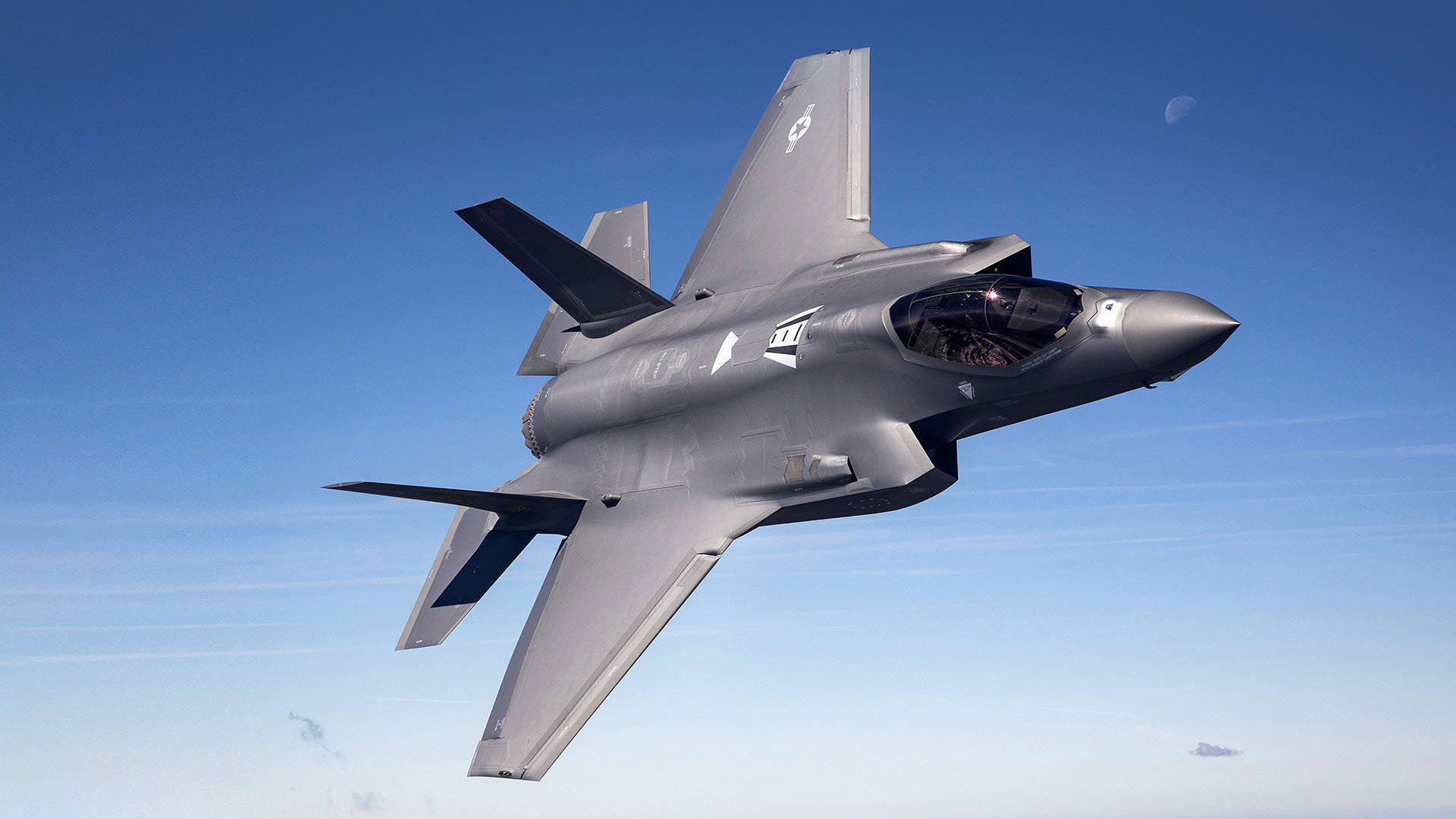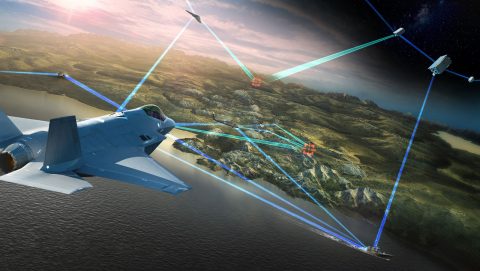Lockheed Martin's VE-Day 80 Legacy in UK
80 years ago today the Allied Forces celebrated Victory in Europe Day (VE-Day). In a demonstration of global cooperation, America and the United Kingdom worked closely to help their European allies achieve victory against tyranny on the European continent.
A lesser-known fact is the role American industry played in supporting the military efforts of the UK, and how early some American companies established a presence in the UK to support the war effort.
One of those American companies was the Lockheed Corporation, predecessor of Lockheed Martin.
In 1938 Lockheed, then a small but innovative aircraft maker in Burbank, California, was approached by the British Purchasing Commission to build the Hudson maritime reconnaissance and patrol bomber for the RAF.
Working in partnership with the RAF, Lockheed produced the first prototype Hudson in just 24 hours and by 1939 had delivered 250 Hudsons to Britain – the largest international airplane contract received by an American company to date and arguably the start of Lockheed Martin as it exists today.
This partnership went beyond simply making the Hudson. It saw Lockheed set up manufacturing and maintenance facilities all over the UK, from Liverpool to Leamington Spa, from Renfrew to Belfast in support of the war effort. The first of these sites was established in 1940, 85 years ago.
This relationship saw iconic aircraft from numerous legacy Lockheed Martin companies supplied to and flown by the RAF throughout the war.
Lockheed F-5B reconnaissance planes captured 90 percent of aerial reconnaissance film over Europe in the lead up to the D-Day invasions that led to VE-Day while Martin B-26 Marauder medium bombers – the RAF flew 526 Marauder Mk. I, II, and IIIs) pounded targets just behind the Normandy beaches to destroy rail lines and road intersections to prevent reinforcements from reaching the fight.
Consolidated B-24 Liberators also played key roles for the RAF and U.S. Air Force before, during and after D-Day. 2,000 Liberators flew for the RAF during the war, and it was one of Coastal Command’s most effective weapons against enemy submarines.
But the Liberator did much more for the war. A Liberator II, nicknamed Commando, was modified and served as Prime Minister Winston Churchill’s private aircraft, and at the end of the war, British prisoners of war from around the world were flown home primarily aboard Liberators.
Perhaps the most famous Lockheed aircraft of this period of the war was the P-38 Lightning, precursor to today’s F-35 Lighting II as procured by the UK, U.S. and 18 other nations.
Several squadrons of P-38s, bearing the hastily hand-painted black and white D-Day invasion stripes, supported the assault on the Normandy beaches.
One of these legendary aircraft remains in the UK to this day. Preserved in a watery grave off the coast of Wales, the USAF P-38, known as the Maid of Harlech, is described as one of the most significant World War II-related archaeological discoveries in recent history.
Lockheed Martin’s UK legacy, established in the cauldron of World War II, endures to this day, with the company continuing as a strategic partner in the UK’s defence and security across land, sea, air, space and cyber.
In addition to the more than 2,000 Lockheed Martin employees in the UK today, our company also supports over 24,000 UK jobs across aerospace and defence in every home nation of the United Kingdom and contributes an average of £1.9 billion to the UK economy every year. This strong UK defence industrial base in turn delivers key capability back to the United States for major programmes, supporting US capabilities and strengthening economic ties between our two countries.
The company delivers several key programmes on behalf of the UK Armed Forces, including the Strategic Deterrent from Scotland, the Merlin Mk2 anti-submarine warfare helicopter from the South Coast of England, turrets for the British Army’s new Ajax armoured fighting vehicles from Bedfordshire and RAF and Royal Naval Air Squadron’s F-35 fleets which fly from RAF Marham in Norfolk and off the two Royal Navy Queen Elizabeth Class aircraft carriers.
The fingerprints of British ingenuity are all over F-35 with the programme estimated to contribute a GVA of £45.2 billion to the UK economy up to 2046, and more than 20,000 high-value jobs for British workers. Our work on F-35 and all our other UK programmes today are the legacy of our special relationship begun with the UK over 85 years ago.
-1920.jpg.pc-adaptive.full.medium.jpg)
Winston Churchill in RAF uniform, accompanied by Air Chief Marshal Sir Charles Portal, leaving ‘Commando’, a Liberator II that served as Churchill’s private aircraft.
-1920.jpg.pc-adaptive.full.medium.jpg)




